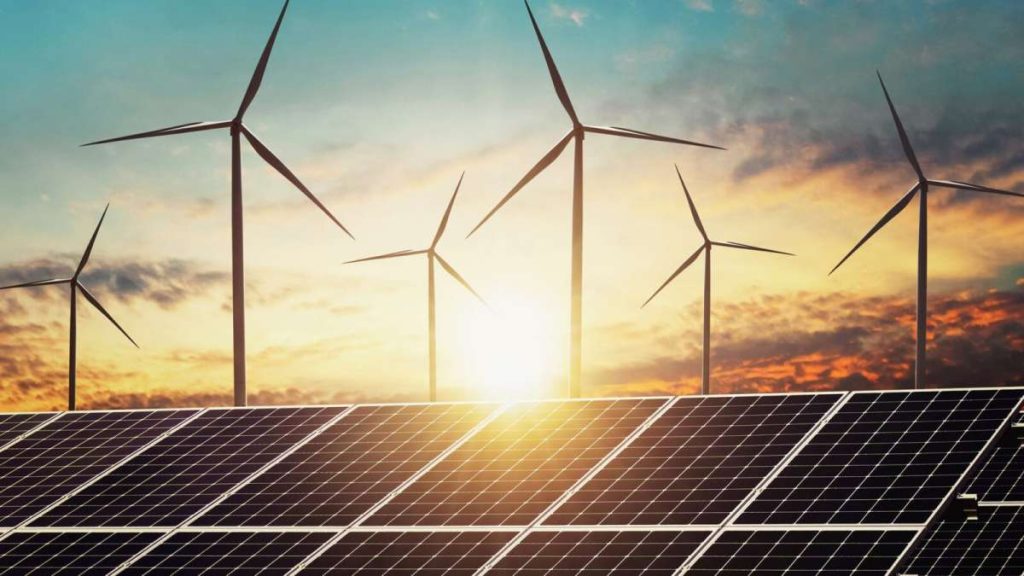Mother Nature has spoken loud and clear. Power generation, manufacturing, transportation, food production, overconsumption, and deforestation have led to climate change. It seems that the world has finally taken notice and is turning to renewable energy.
Renewable energy certainly isn’t new. Hydropower, wind, solar, clean biomass, and geothermal have been around for a long time. What’s changed is that these types of energy are no longer viewed as merely novel but rather, necessary. The survival of the planet may very well depend upon them.
What is also different is how the face of renewable energy has changed in recent years. Its rapid diversification and sophistication can be tough to keep up with. Here are three interesting global trends in renewable energy to stay on top of.
1. Access Is on the Rise
There are two key issues involved with access to renewable energy. The first is availability. The second, and just as vital, is affordability. Having green energy available to you while unable to pay for the privilege is like not having access to it at all.
As use of renewable energy increases, it achieves some economies of scale. Demand pushes production to higher levels, which tamps down prices. Technology improves energy efficiency and storage. Even the costs to build plants that play a role in renewable energy production continue to decrease, making it more affordable.
Perhaps one of the major trends in making renewable energy accessible is the increasing investment in it. Governments are providing lucrative investment incentives. Venture capital is readily available to aid hungry energy companies as the renewable sector grows and risk shrinks.
For individuals and businesses who can’t afford the investment up front, innovative companies are filling the void. For example, leasing solar panels makes it possible for low-income homeowners to install panels and slash their carbon footprint. More and more local power utilities are buying unused capacity, making it even more affordable. It all brings renewable energy to the masses, right where it’s needed.
The laws of supply and demand are at the forefront of trends in access. Demand will continue to rise as the cost of investing falls. Watch what happens when more people can afford what’s available to them.
2. Local Politics Are Heating Up
A lot of people would agree that reducing reliance on fossil fuels with increased access to renewable energy is good for the planet. But when it comes to putting fields of solar panels and wind turbines in communities, particularly rural ones, perspectives change. It becomes a matter of “not in my back yard.”
In the U.S., disagreements about allowing large renewable energy companies to lease or buy land have created rifts in communities. Eventually, their voters usually decide what happens. Where those against it prevail, strict limitations, prohibitions, and moratoriums are the result, halting green production rather than expanding it.
The problem is that renewable energy sources require a system to work. A couple of solar panels or wind turbines don’t provide the amount of energy production required for entire systems. They also create inoperable patchworks of systems rather than the geographical swath of interconnectivity necessary. If some local governments shut companies out, they can’t and won’t invest in building a renewable grid.
However, in many EU countries, citizens are leading the charge toward renewables, not major utilities. They’re installing individual and community systems to reduce greenhouse gas emissions on their own. Low-income countries worldwide are thirsty for renewable energy because they lack access to electricity for their citizens. They’re faced with deciding what companies and which countries they’ll partner with to achieve their grid goals.
Governments and governing bodies like the U.S. and the EU continue to take steps to attract renewable energy investment. However, that doesn’t mean companies will always be welcome to make it happen. Since all politics are local, as the saying goes, the heat there may impede reducing global warming. But as the impact of climate change continues to manifest itself in natural disasters, some attitudes might change as well.
3. Focus Shifts to Storage
As the demand for renewable energy has grown, so has the demand for ways to store it. Storage is critical to the ability to sell power generation overages and to reserve power for peak periods and outages. But battery energy storage systems have been plagued by safety issues that are now being addressed.
The prevalent technology used for renewable energy BESS has been lithium-ion, like your cellular device. Safety issues related to them include fire risk, the economic and environmental costs of lithium extraction, and battery disposal. Technology is advancing to find safer and greener alternatives that may also be less expensive and more efficient. Some, like the sodium-ion battery, show great promise. Sodium is readily available, easy to extract, and doesn’t have the fire safety risks or environmental issues of lithium.
Watch for an emerging focus on creating technology designed to monitor BESS safety and performance. AI is being integrated into the battery system itself. The technology tracks expanding performance metrics in real time and anticipates maintenance needs. AI is also key to predicting potential safety issues before they become dangerous.
The technology associated with capturing energy sources and converting them to electricity will continue to advance as well. But the focus is shifting to storage, whether it’s for a single vehicle or household or a major power plant.
Stay Plugged In
As renewable energy quickens its pace globally, you’ll want to keep up. Increasing demand for anything creates growth-related problems. However, those issues give rise to discovering innovative solutions. If you’re interested in creating a better planet, stay plugged into this hot trending topic.




